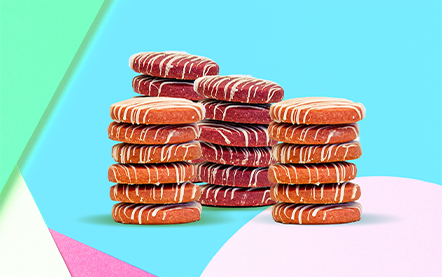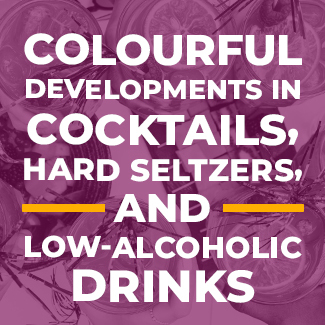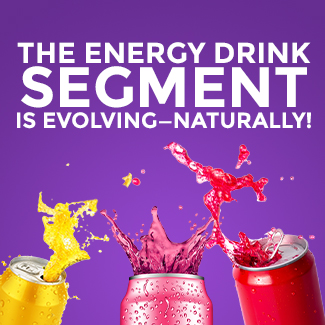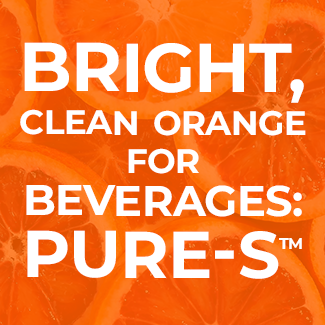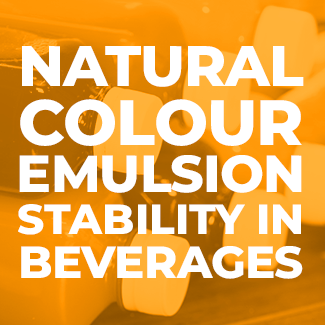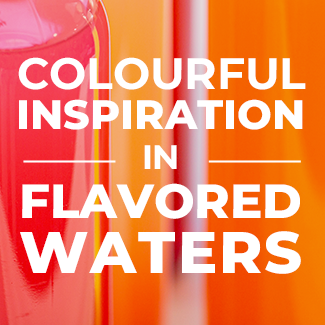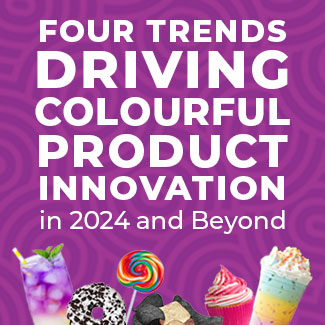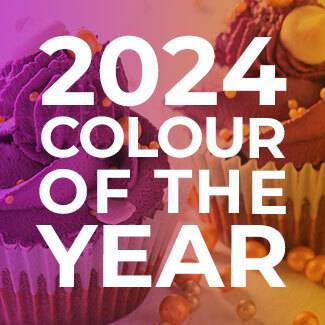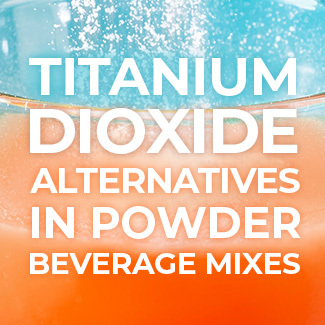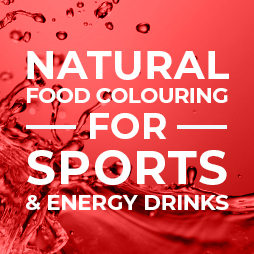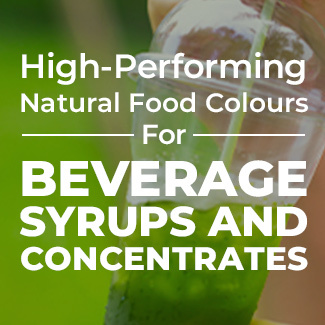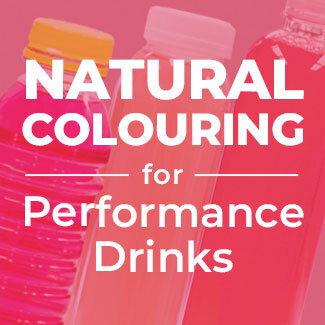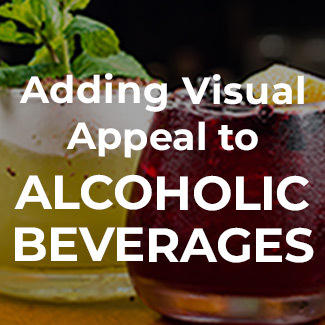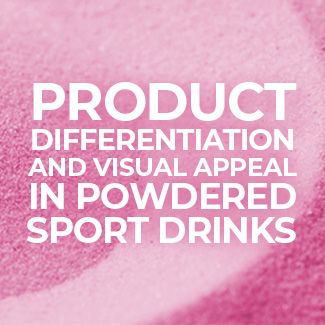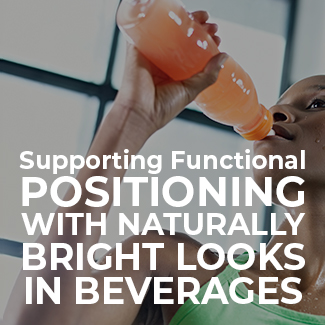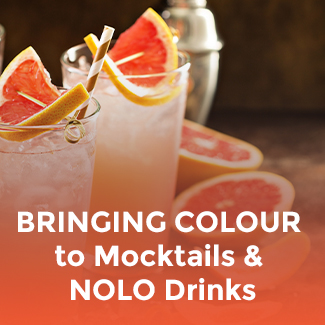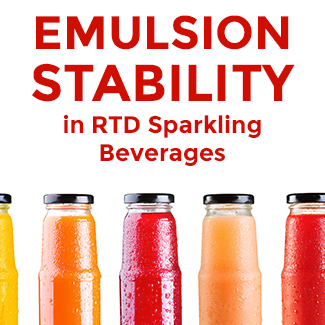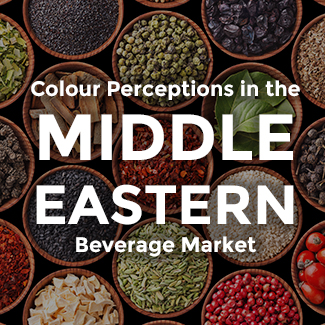Colour has always been a factor in brand identity, flavour amplification, and consumer recognition. From iconic coloured logos to bold hues indicating flavour, the rainbow can be a powerful tool for brands in the food and beverage industry. But why are colours so important to food and beverages and how can brands maximise their value?
Visual Attraction to Colour Vibrancy
Humans’ attraction to colour vibrancy goes back to about 200 to 300 thousand years ago. A 2016 study by Perloni, Pergola, and Rumiati examined the role of human trichromatic vision in food evaluation. One of the major questions was whether the berries or the leaves are more eye-catching.
They found that people are inherently drawn more strongly to the reds and purples of the berries than to the green leaves. Red tones in fruits and leaves generally indicate higher protein and nutrient content, which was important for early humans. Pets rely on olfactory senses. We evolved to become a visual species because we have photoreceptors in our eyes with a trichromacy ability, which means we can see the full-colour spectrum. This goes all the way back to hunter/gatherer days when we picked out berries over leafy greens. Our attraction to colour vibrancy is an innate human characteristic, not a result of cultural bias. What does this mean for food and beverage products on the market?
Research Shows Colour’s Impact on Flavour, Preference, Purchase Intent
“Taste” is a multi-sensory perception constructed from taste buds, visual appearance, aroma, and mouthfeel. Flavour and colour work hand-in-hand to create a product experience and win over consumers.
This phenomenon was evaluated in an
academic study published in the Journal of Consumer Research using orange juice. Researchers tested consumer preference for orange juice while varying the shade using food dye or the sweetness level using added sugar. When comparing two glasses of juice, one with a brighter orange hue, consumers perceived the more colourful sample to be sweeter and more flavourful, although no actual sweetness difference existed. Conversely, when the researchers added sugar to one of two visually identical glasses of juice, those same consumers could not taste the difference.
To further this research, Sensient conducted broad consumer research of its own to evaluate and quantify the impact of colour alone on purchase intent and flavour perception. This online quantitative study tested 8 product categories with category users from the United Kingdom, France, and Germany. Each subject is a regular purchaser of the product category—so anyone reviewing carbonated soft drinks regularly buys and drinks carbonated soft drinks.

CONSUMERS EXPRESSED STRONGER OVERALL LIKING FOR THE MORE INTENSELY COLOURED PRODUCT IN 75% OF THE CONCEPTS.
Sensient Consumer Research 2017
Even though the testing was solely visual, consumers still had flavour expectations based on the visual attributes. In most of the tested categories, more colour-intense products create the impression of a more appetising and higher quality product and the expectation of a tastier and more flavourful product. Flavour perception was positively correlated with brighter colours, and consumers showed a clear preference for those samples with colour vibrancy.
Comparative results in the aggregate, mimicking real-life at-shelf buying decisions, showed statistically significant higher scores for both purchase intent and overall liking on brighter coloured (high colour image) concepts. This tells us that bright shades are often the best choice.
How Could Colour Impact Profitability for Brands?
Not only did consumers like the more colourful products better, but they also indicated that they were more likely to purchase more intensely coloured food and beverages.
More intense colour lifted
purchase intent score
+5% ON AVERAGE
ACROSS
CATEGORIES

For example, a colourless or less intensely coloured yogurt drink which generates €15 million in sales in a year could reach an additional €750,000 in sales annually if a flavour-appropriate colour was used.
Colour Impacts Flavour Perception
Colour can not only affect purchase intent and trial rates, but also flavour perception. Sensient’s research continued with a study evaluating the quantifiable impact of colour on flavour perception with
in-person sensory testing. For each product, eighty U.S. category users evaluated two products with identical formulations except colour.
Sensory testing data aligned with the results of the online testing, with optimised colour generating increased purchase intent and increased overall liking scores over low colour alternatives. Most interestingly, while flavour remained constant and only the colour changed between two otherwise identical products, optimised colour increased flavour perception scores by an average of +14.7% across categories.
For example, a raspberry-flavoured cookie baked with two different beet colour solutions garnered substantially different flavour expectation scores. The cookie made with a less heat-stable version of beet juice had a less intense and more orange shade, while the same cookie baked with Sensient’s heat-stable beet technology,
SupraRed™, remained a bold raspberry red shade. Although no actual taste difference existed, the more brightly coloured cookie was rated 23% higher for flavour than its lower colour companion by consumers tasting the product. This data shows the impact of colour alone on consumer perception of taste matching the expected flavour.
Overall, colour’s impact on purchase intent, flavour perception, and overall liking has consistently been found to be statistically significant.
Purchase intent was higher in five of the seven products tested, with optimised colour providing an overall 4% lift to purchase intent scores. Brands looking to impress shoppers should not overlook this key component, as vibrantly coloured products are better liked and more likely to be purchased by consumers.
How Can We Help
One way to take action on this research with your next project is to consider colour as early in
the formulation process as possible, at least as early as the flavour is considered. Flavour and colour work intertwined to determine a consumer’s overall experience.It’s important not to underestimate how much colour can influence consumer taste expectations, which motivate consumer liking more than any other attribute. Consumers believe that products with more vibrant colour will taste better, have superior sweetness, and are more flavourful.
Let Sensient’s team of experts help you delight consumers with bright, delicious products.
Request a sample or a
consultation to get started today!
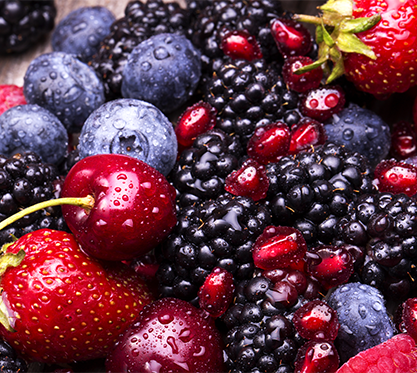


 For example, a colourless or less intensely coloured yogurt drink which generates €15 million in sales in a year could reach an additional €750,000 in sales annually if a flavour-appropriate colour was used.
Colour Impacts Flavour Perception
Colour can not only affect purchase intent and trial rates, but also flavour perception. Sensient’s research continued with a study evaluating the quantifiable impact of colour on flavour perception with in-person sensory testing. For each product, eighty U.S. category users evaluated two products with identical formulations except colour.
Sensory testing data aligned with the results of the online testing, with optimised colour generating increased purchase intent and increased overall liking scores over low colour alternatives. Most interestingly, while flavour remained constant and only the colour changed between two otherwise identical products, optimised colour increased flavour perception scores by an average of +14.7% across categories.
For example, a colourless or less intensely coloured yogurt drink which generates €15 million in sales in a year could reach an additional €750,000 in sales annually if a flavour-appropriate colour was used.
Colour Impacts Flavour Perception
Colour can not only affect purchase intent and trial rates, but also flavour perception. Sensient’s research continued with a study evaluating the quantifiable impact of colour on flavour perception with in-person sensory testing. For each product, eighty U.S. category users evaluated two products with identical formulations except colour.
Sensory testing data aligned with the results of the online testing, with optimised colour generating increased purchase intent and increased overall liking scores over low colour alternatives. Most interestingly, while flavour remained constant and only the colour changed between two otherwise identical products, optimised colour increased flavour perception scores by an average of +14.7% across categories.
